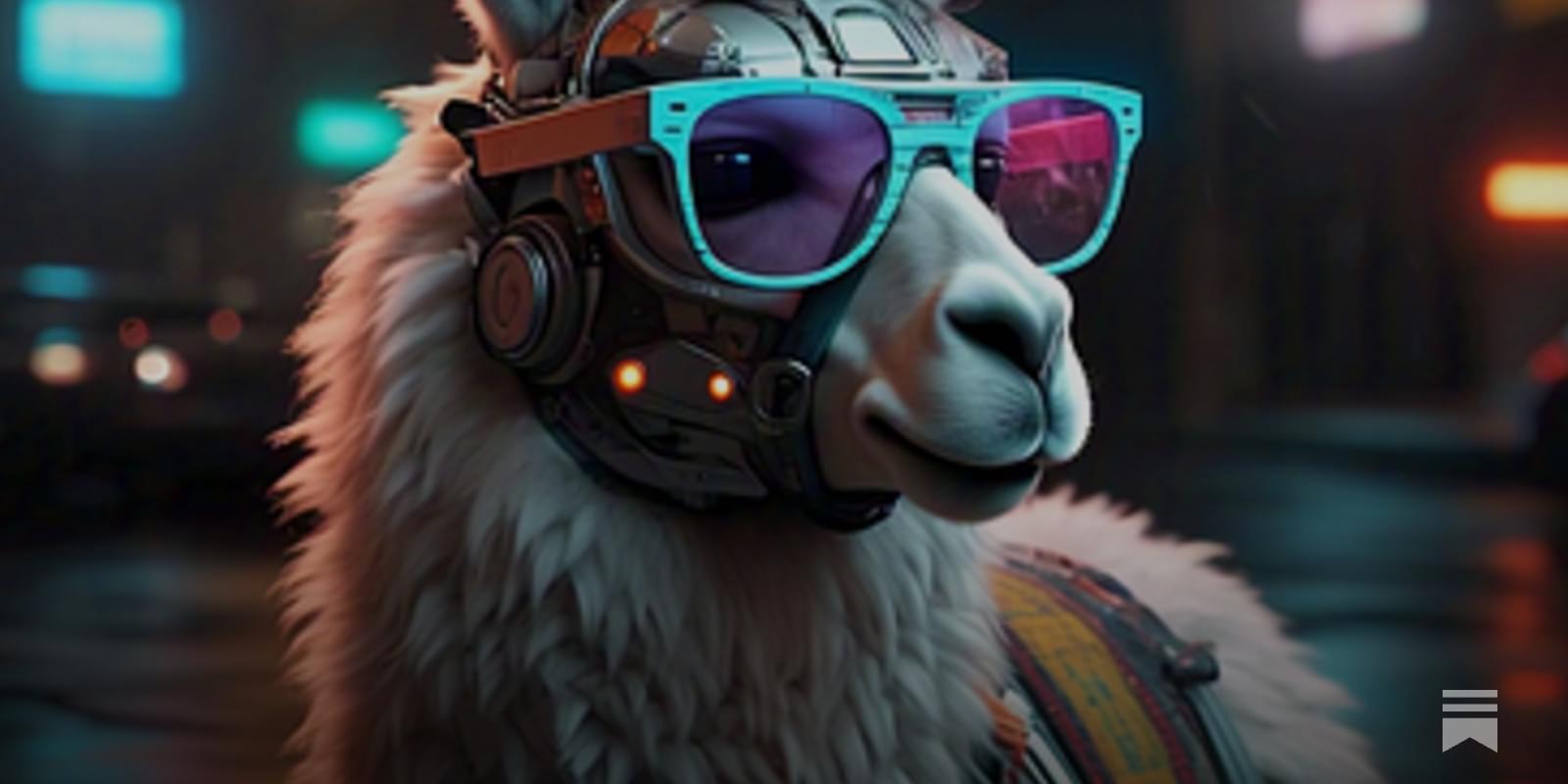W/ Dr. Emma Pierson of UC Berkeley.
Speakers: Emma Pierson, Cecile Tamura


Summary: Researchers analyzed human motivation from an evolutionary perspective, identifying 15 key motives that drive behavior. These motives, grouped into five categories—environmental, physiological, reproductive, psychological, and social—reflect adaptations that helped early humans survive.
The study used network analysis of survey responses to reveal how these motives interconnect and influence one another. Notably, Status and Play emerged as central to motivational structures, facilitating resource access and skill development.
Findings also showed age and gender differences in motivational priorities, with younger individuals focusing on Status and Play, while older adults prioritize Comfort and Fear. The results have broad applications in marketing, AI, and mental health, helping tailor strategies to different motivational needs.

AI-driven service robot maker Richtech Robotics has launched an accelerator program to provide U.S. universities with development frameworks and access to the Richtech robotic systems to aid robotics research.
The program would grant participating universities access to the Richtech autonomous mobile robots and robotic arm platforms powered by Nvidia technology. The technology includes machine vision and voice interaction modules.
The AI robotics technology includes the service robots Adam and Scorpion, which were featured at CES in January.

…according to Replit president Michele Catasta, recent advancements in generative AI are enabling even programming neophytes to build software just as effectively as human engineers, without learning a single line of code.
Coding platform Replit is using generative AI to empower anyone to write software and create apps. Here’s how.

Advanced artificial intelligence (AI) tools, including LLM-based conversational agents such as ChatGPT, have become increasingly widespread. These tools are now used by countless individuals worldwide for both professional and personal purposes.
Some users are now also asking AI agents to answer everyday questions, some of which could have ethical and moral nuances. Providing these agents with the ability to discern between what is generally considered ‘right’ and ‘wrong’, so that they can be programmed to only provide ethical and morally sound responses, is thus of the utmost importance.
Researchers at the University of Washington, the Allen Institute for Artificial Intelligence and other institutes in the United States recently carried out an experiment exploring the possibility of equipping AI agents with a machine equivalent of human moral judgment.

In today’s AI news, Meta on Tuesday announced that it’ll host its first-ever dev conference dedicated to generative AI. Called LlamaCon after Meta’s Llama family of generative AI models, the conference is scheduled to take place on April 29. Meta said that it plans to share the latest on its open source AI developments to help developers build amazing apps and products.
In other advancements, after her sudden departure from OpenAI last fall, ex-CTO Mira Murati vanished from public view to start something new. Now, she is ready to share some details about what she’s working on. Her new AI startup is called Thinking Machines Lab, and while the specifics of what it plans to release are still under wraps, the company says its goal is “to make AI systems more widely understood, customizable and generally capable.”
Meanwhile, In a new paper, OpenAI researchers detail how they developed an LLM benchmark called SWE-Lancer to test how much foundation models can earn from real-life freelance software engineering tasks. The test found that, while the models can solve bugs, they can’t see why the bug exists and continue to make more mistakes.
And, Humane is selling most of its company to HP for $116 million and will stop selling AI Pin, the company announced today. AI Pins that have already been purchased will continue to function normally until 3PM ET on February 28th, Humane says in a support document. After that date, Pins will “no longer connect to Humane’s servers.”
Then, in this episode of Top of Mind, Gartner Global Chief of Research Chris Howard breaks down the buzz around agentic AI. Learn how AI agents can make autonomous decisions, optimize solutions and even collaborate in multi-agent systems to transform the future of business now.
And, inbound conversational AI phone calls can now easily be personalized using Twilio and ElevenLabs Conversational AI. Provide dynamic variables based on the inbound caller id, and override the prompt, language, first message to fully customize your voice AI agents.
In other videos, Tim is diving into SkyReels, a powerful new AI video model that’s free, open-source, and comes with its own robust platform. In this deep dive, he’ll walk through SkyReels’ unique features—from its human-centric training data to its text-to-video and image-to-video workflows.
If you think telepathy or mind control is the stuff of science fiction, think again. Advances in artificial intelligence are leading to medical breakthroughs once thought impossible, including devices that can actually read minds and alter our brains.
DARPA lifts the veil on concealed bio-weapons and astonishing drone technology 🤖🦾 To try everything Brilliant has to offer—free—for a full 30 days, visit http://brilliant.org/BeeyondIdeas/ The first 200 of you will get 20% off Brilliant’s annual premium subscription. 🪐
Beeyond Ideas follows the viewpoint of Harry, a human-AI synthesis from the 22nd century. Someday in 2123, he found a way to access the secret old database of information or the “2023 Internet” as we know it.
Follow Harry’s adventure by subscribing to this channel Want to support our production? Feel free to join our membership at https://youtube.com/watch?v=wMeOlJjEvSc&si=YQODBYXZ1-dq4Leh #AI #Robotics #ArtificialIntelligence #darpa.
Want to support our production? Feel free to join our membership at https://youtube.com/watch?v=wMeOlJjEvSc&si=YQODBYXZ1-dq4Leh.
#AI #Robotics #ArtificialIntelligence #darpa

An uncensored version of R1 is released 🔥
“R1 1776 is a DeepSeek-R1 reasoning model that has been post-trained by @perplexity_ai to remove Chinese Communist Party censorship. The model provides unbiased, accurate, and factual information while maintaining high reasoning capabilities.”
“To ensure our model remains fully ‘uncensored’ and capable of engaging with a broad spectrum of sensitive topics, we curated a diverse, multilingual evaluation set of over a 1,000 of examples that comprehensively cover such subjects. We then use human annotators as well as carefully designed LLM judges to measure the likelihood a model will evade or provide overly sanitized responses to the queries.”
[#AI](https://www.facebook.com/hashtag/ai?__eep__=6&__cft__[0]=AZW8BaBse7DQTjHN8Y8vhbazZ3YwuUZoz0gW4ATjA0Qd-WYN8VQwIDi6MAG_Kqsenozm-IYuarR5zVj52HWERbfhr9cGCf0bGhdlKCwSC-_19NvC18LSj6Jx5WEaWrHYD9Vm9O1GIjR7yeKLo6Pd3oRwDt_qW8AuMDOLXS42xoYQpzonMSBJbyboFdqPDRPLNwI&__tn__=*NK-R) [#PerplexityAI](https://www.facebook.com/hashtag/perplexityai?__eep__=6&__cft__[0]=AZW8BaBse7DQTjHN8Y8vhbazZ3YwuUZoz0gW4ATjA0Qd-WYN8VQwIDi6MAG_Kqsenozm-IYuarR5zVj52HWERbfhr9cGCf0bGhdlKCwSC-_19NvC18LSj6Jx5WEaWrHYD9Vm9O1GIjR7yeKLo6Pd3oRwDt_qW8AuMDOLXS42xoYQpzonMSBJbyboFdqPDRPLNwI&__tn__=*NK-R) [#DeepSeek](https://www.facebook.com/hashtag/deepseek?__eep__=6&__cft__[0]=AZW8BaBse7DQTjHN8Y8vhbazZ3YwuUZoz0gW4ATjA0Qd-WYN8VQwIDi6MAG_Kqsenozm-IYuarR5zVj52HWERbfhr9cGCf0bGhdlKCwSC-_19NvC18LSj6Jx5WEaWrHYD9Vm9O1GIjR7yeKLo6Pd3oRwDt_qW8AuMDOLXS42xoYQpzonMSBJbyboFdqPDRPLNwI&__tn__=*NK-R)
Explore #ai at Facebook.